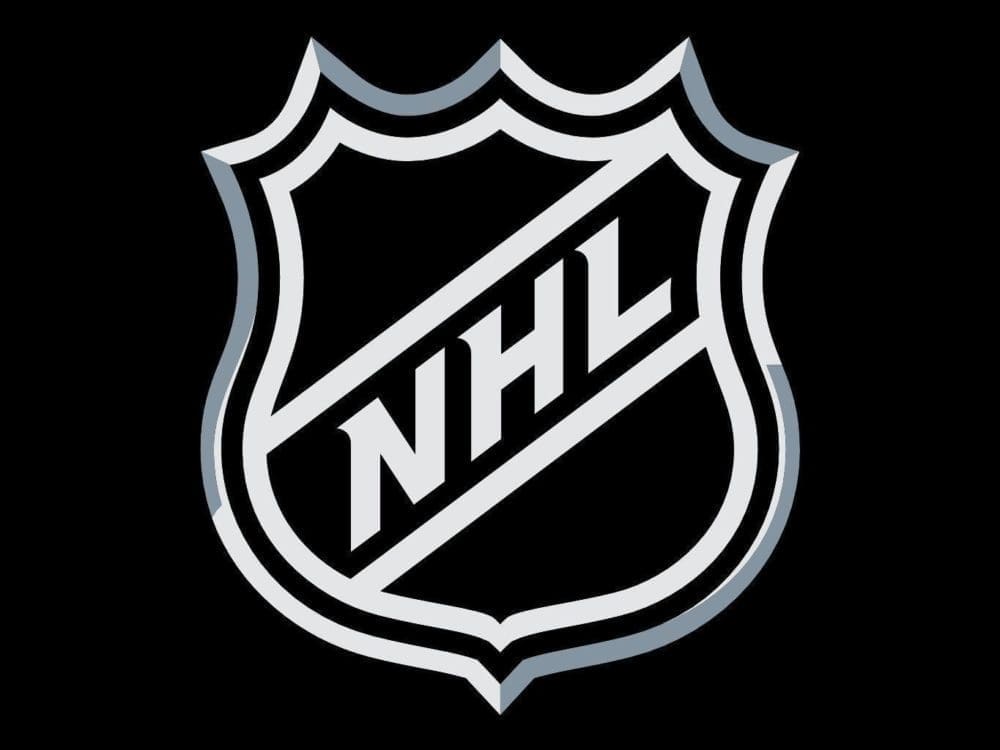NHL
New NHL COVID Protocol: Players Confined to Home or Arena

Effective immediately, the National Hockey League has mandated players quarantine to continue the 2020-21 NHL season. The new NHL COVID protocol released Thursday night restricts players’ activity exclusively to the arena, practice, and doctor visits. Except for attending school, players’ families are strongly encouraged to do the same.
Clubs are also incorporating rapid testing to catch more players before they participate in game activity. The league hopes to avoid another situation similar to what happened in Vegas on Tuesday evening when a player’s positive results arrived during the game.
According to the NHL, the strategies have been tested and validated in medical settings, and the new NHL COVID protocol has been endorsed by the NHL’s and NHLPA’s medical advisors. Enhanced measures will be in effect at least until Feb. 28.
In addition to daily, lab-based PCR testing, the NHL is providing each U.S. team with point of care (POC) rapid testing on game days for all players and team personnel (as well as on-ice officials) who work in or around the bench area during games. The testing was to be available for games beginning on Thursday.
NHL Players Asked to Quarantine
Directly from the NHL release:
To reduce the introduction of infection into the team environment, effective immediately, all Players, Coaches, Training Staff, Equipment Staff, and other members of each Club’s Travelling Party will be required to remain at home and not leave their place of residence except to attend practices and games, to exercise outdoors on an individual basis, to perform essential activities (e.g., go to the doctor), or to deal with family or other emergencies and other extraordinary circumstances.
In other words, effective immediately, players are confined to their home and hockey activity. The league is also providing additional education for players’ families and the NHL COVID protocol “strongly recommends” they participate in the same limited activities, including using grocery delivery services instead of going to stores.
Further:
We understand that not all public social interactions can be avoided, such as school-aged children attending school. Other discretionary activities by household members, such as social engagements, however, are to be limited as much as possible.
The NHL is also mandating masks at all times when not exercising. The league is asking teams to source and provide N95 face coverings, and they are to be worn even in the locker room.
The fact that masks cannot be worn by players on the bench does not mean that they should not be worn in the dressing room. The goal of masking is to reduce total exposure. Therefore, any additional time during which face coverings can be used will help reduce the risk of disease transmission. Situations such as sitting in the dressing room together pre-game, between periods, and post-game unmasked are more likely to lead to the spread of COVID-19 or possible exposure. Players have been instructed that the use of face masks in the dressing room is therefore important.
The league has asked teams to provide more testing to player families, as well.
All team meetings are to be virtual. On the road, team lounges must be closed by midnight, and players must socially distance and wear masks while in those spaces.
Because players who have recovered from the virus have as much as a 90-day immunity, the NHL is even asking teams to reconfigure their locker room seating to create buffers using recovered players.
By reconfiguring the normal seating arrangements in locker rooms, during team travel, or at meals so that previously infected Players are seated next to individuals who never contracted the virus, the Players with presumptive immunity can be used as a “buffer” for the Players and staff who are unlikely to have such immunity.
The NHL is also launching a pilot program to enhance current tracing studies. The program will study player interactions to see which personnel should be considered for enhanced monitoring and/or quarantine based on close contact with potentially infected players.
Finally, the NHL is performing genomic testing on the positive cases to discover the strains involved in small cluster outbreaks and estimate transmission pathways.












